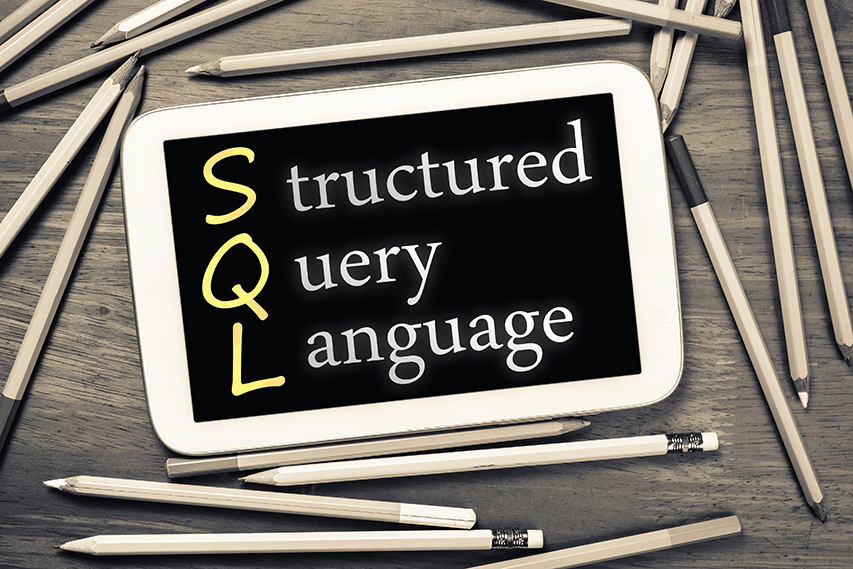SQL Tutorial

Today is an age of digital era and a data-driven period.
A large amount data is being collected on the daily basis. Every one of us has to deal with these databases to make useful strategies or to analyze the data for marketing or operations. Hence, you have to learn some special-purpose programming language that will help you generate useful information from a database and interact with large databases or excessively huge records easily no matter what is the size.
SQL is an in-demand skill. You will need to learn an SQL language in order to build your website that will be showing data from a database. After learning SQL, you will be working with voluminous heights of data or databases with high efficiency. You will be easily identifying your desired data within no time. Combining or merging of data or some fields become so simple. SQL makes your data dynamic so you can update, modify and monitor your database with some basic commands. Data manipulation will become so simple and exact for you. Not only this, you can easily manage various servers or can create your own server. The demand of SQL is very high among the job providers and it is the most preferred IT skills. You can definitely start a great career as an SQL programmer.
Structured Query Language or SQL is a standard query language that is used to communicate with a database or relational database management systems. It is used for accessing, retrieving and manipulating a database. With the use of SQL, you can store or update data in a database, or recover data from a data table in a database. It is an ANSI standard that helps you manage the data stored in a relational database. The famous Ingres, IBM DB2, Sybase, Informix, MS Access, Microsoft SQL Server, SAP HANA, Oracle Database, SAP Adaptive Server, MySQL, PostgreSQL etc. are all using SQL. Almost all of these relational database management systems support SQL and have their own application extensions for procedural programming and various other functions that have added more features in their systems thus converting them into a powerful tool.
Relational Database Management System (RDBMS):
A Relational Database is a database that is arranged in a way to identify the relation between information stored in it. RDBMS that is a relational database management system is a program built on the relational model that is used to create, update and manage a relational database. Most of the relational database management systems use SQL to access the database. The key advantages of using a relational database are that it requires least assumptions about the data and any database can easily spread across many tables.